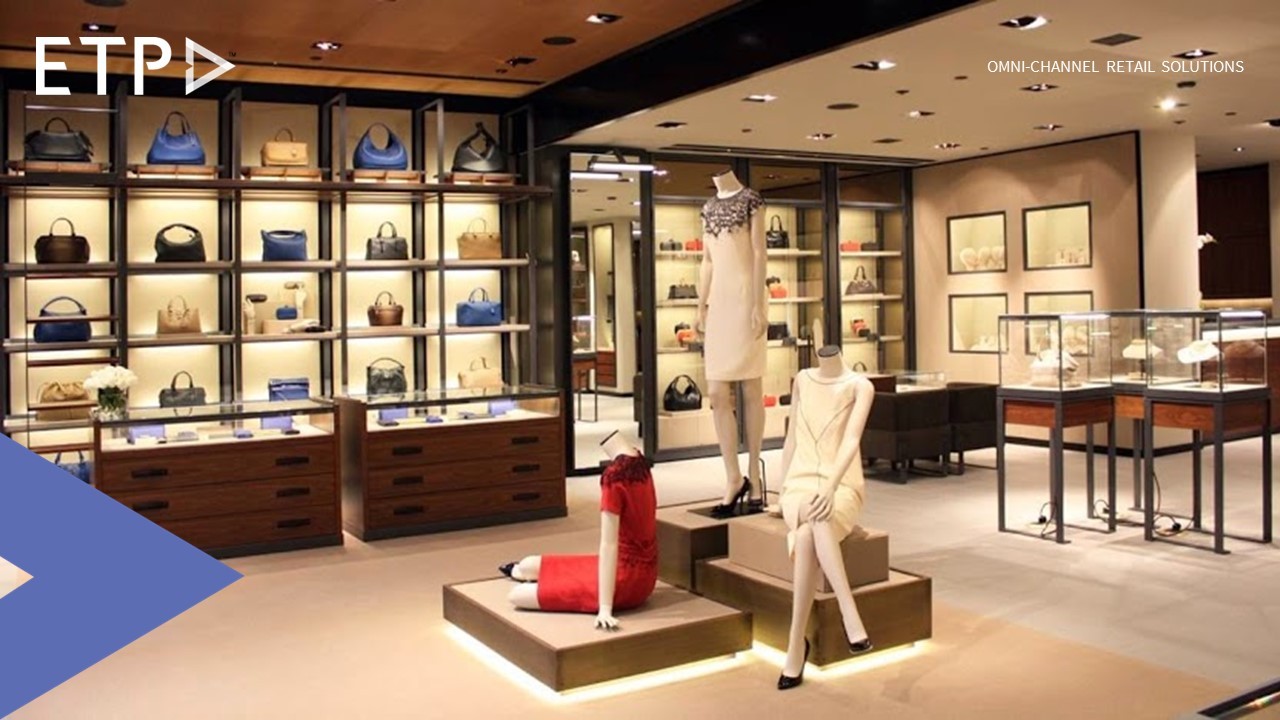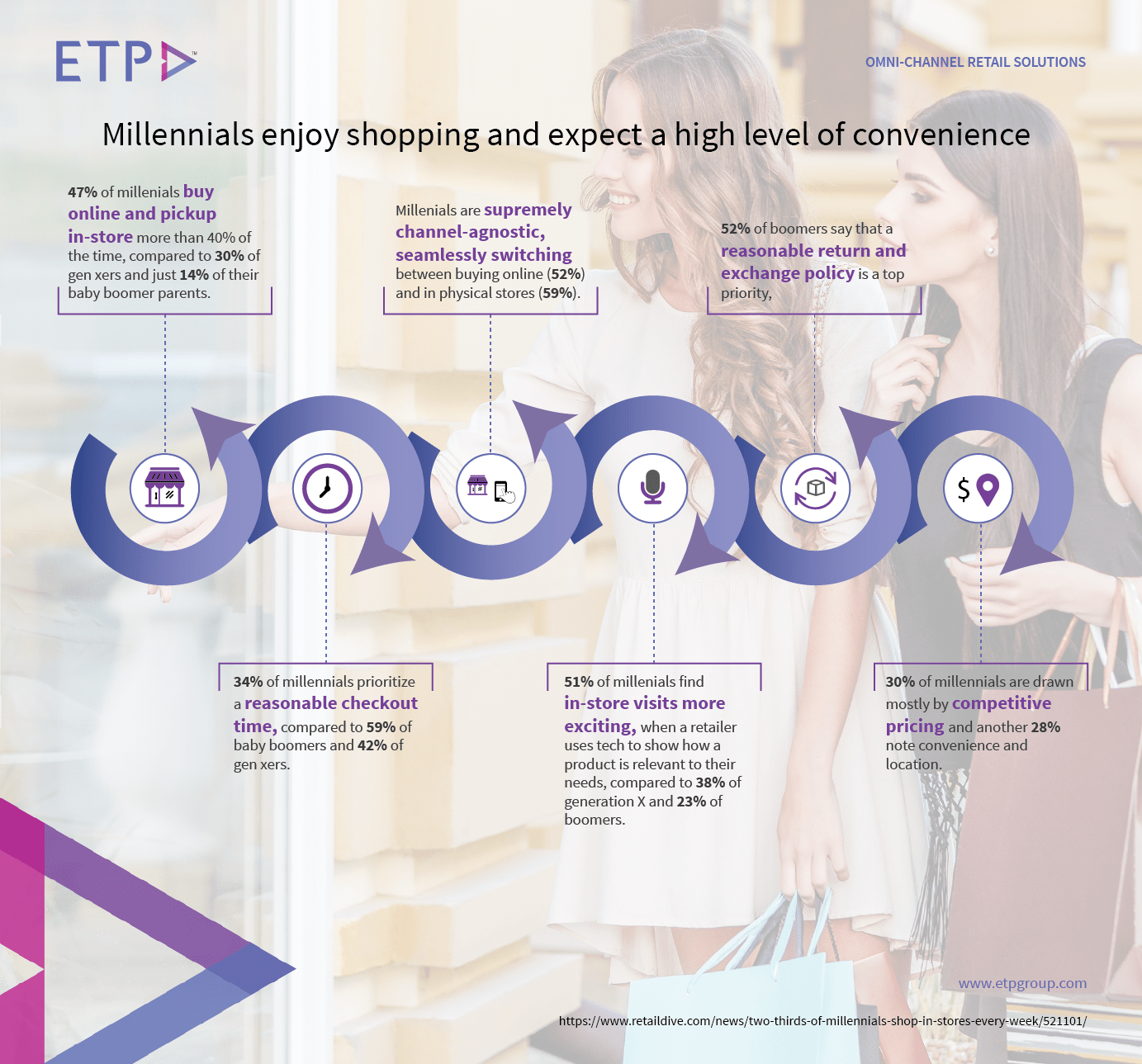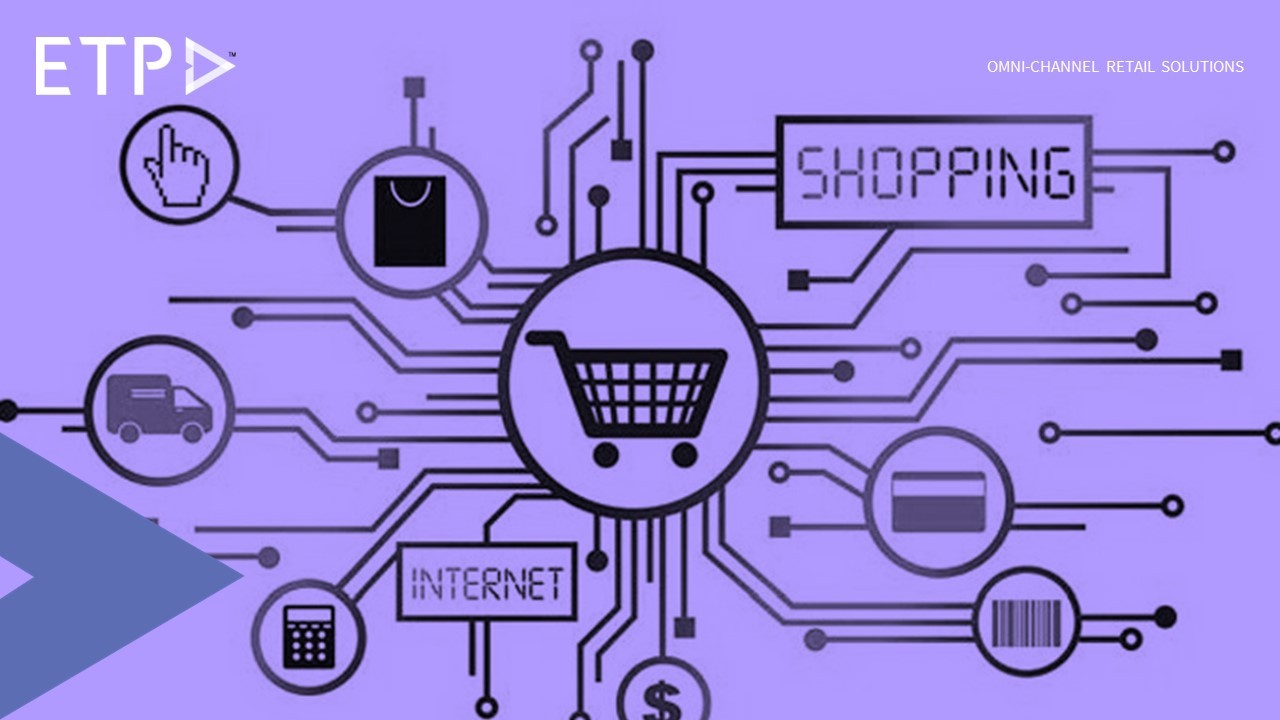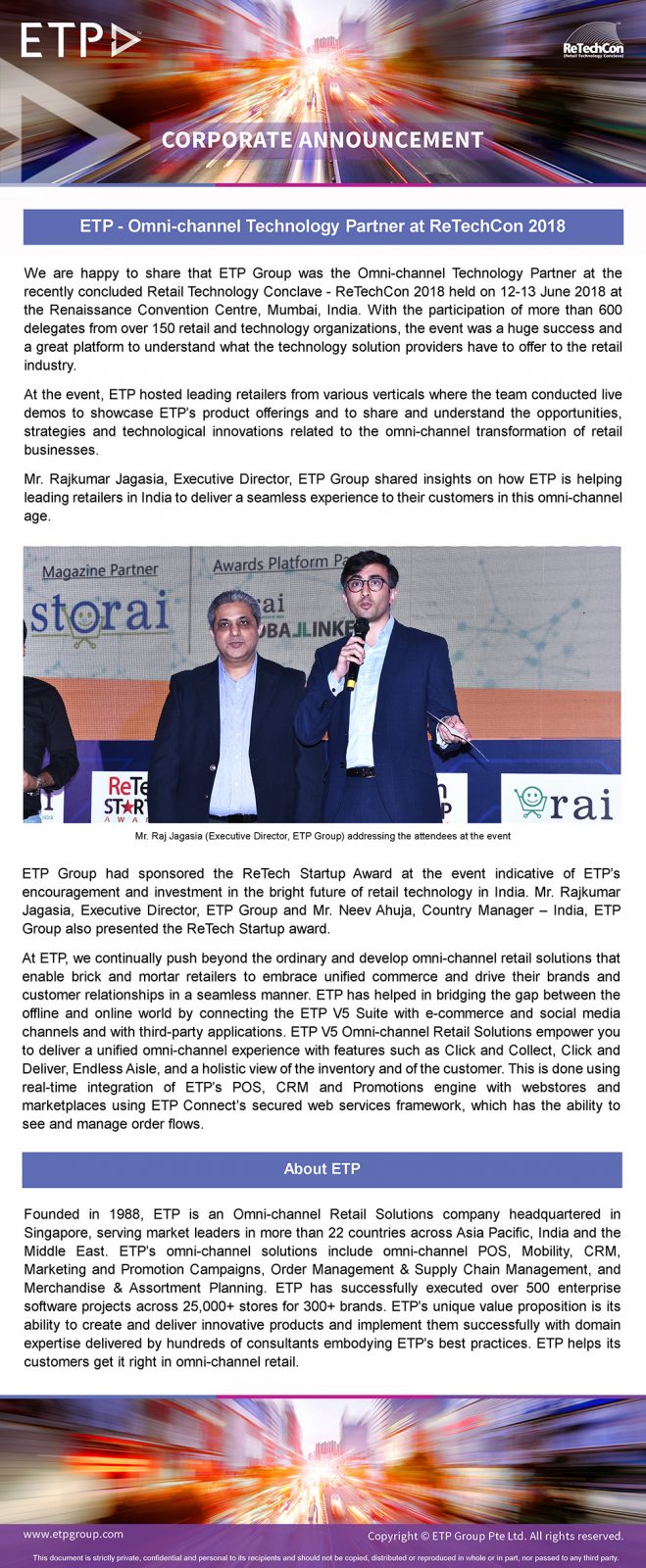The retail industry has evolved over the past few decades and the customers have now become the prime focus. With the advent of omni-channel retailing, the entire ball-game for businesses has been about getting to the customer wherever they are and whenever they are available. This has driven the necessity of creating and offering shopping experiences that can have a positive and long-lasting impact on the customers so that they do not move away from the brand.
The essential advantage of having a brick and mortar retail store is to introduce the products to customer in the context of an allowing them to experience the products and related services and then build on that experience and relationship in person so that it stays with them. This will then foster loyalty and repeat business while also turning these loyal customers into brand ambassadors for the business. Having a retail store is an opportunity for retailers to allow customers experience tangibility of the products and the services as well as leverage the human touch factor by having store associates to engage with the customers directly for assistance and promoting sales. It is a matter of fact that people influence people and this is one major click that retailers can achieve to connect with their customers and build long standing relationships.
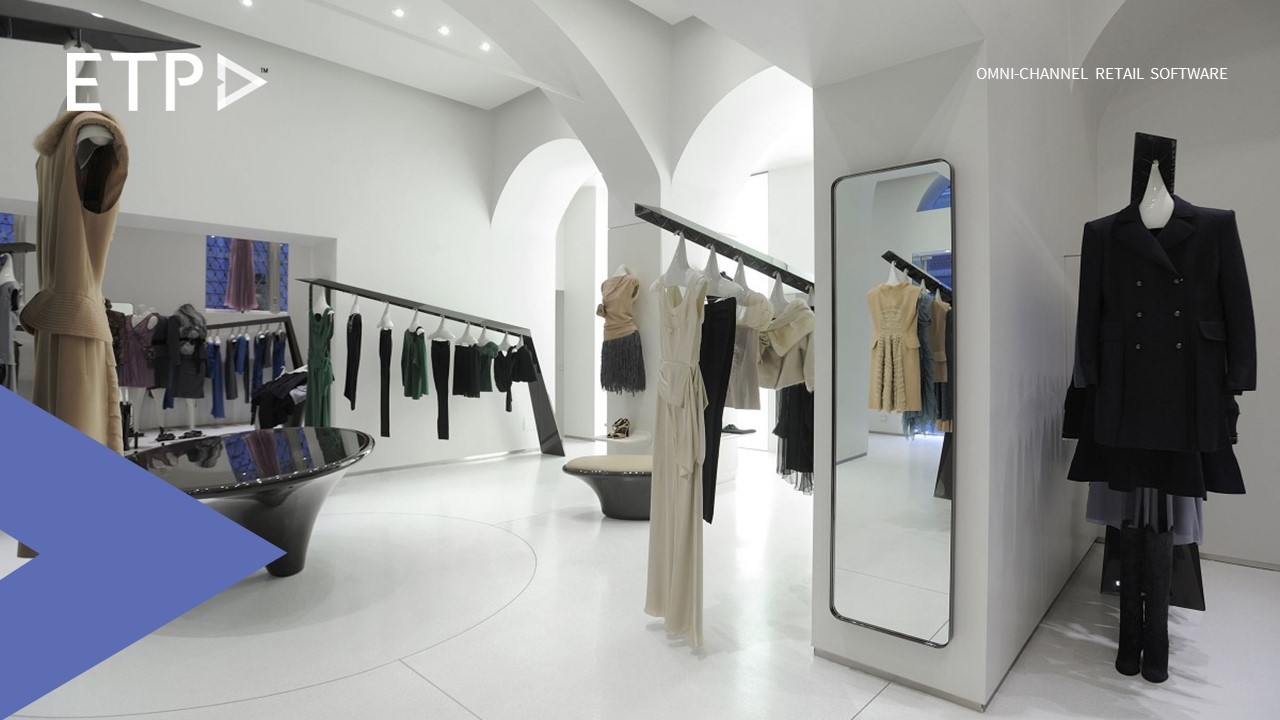
One more aspect of retail stores is when the store is not just used to display products and increase sales, rather it is about leveraging the physical space to create moments and memories that go beyond just selling. For example, in the apparel retail business, having trial rooms have always been a big booster for the business as customers prefer to try out stuff before actually going ahead and buying. So also, other retail verticals like bookstores can provide space for reading and collaborating, or furniture stores can demonstrate some DIY techniques, and so on and so forth.
Thirdly, it would not be an understatement to say that retail stores are the best place for the customer to interact directly with the brand, be it touching or trying out tangible aspects of the brands like products or even coming face-to-face with the human aspect of the brand while engaging with store associates who with the right kind of training can definitely be brand custodians. It is at the brick-and-mortar store that experiential retail can be really demonstrated and experienced.
Thus in this new age of retail, brands that continue with the old line of thinking where the idea is to optimize the floor space purely for sales purposes will definitely see their business plummet. Changing the approach by working on re-purposing every square foot of the space to build that kind of a retail experience that will truly resonate with the customers.



